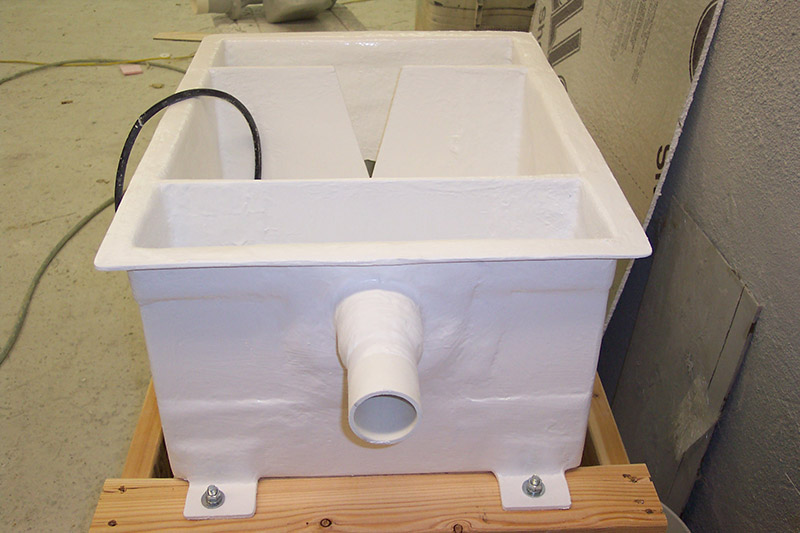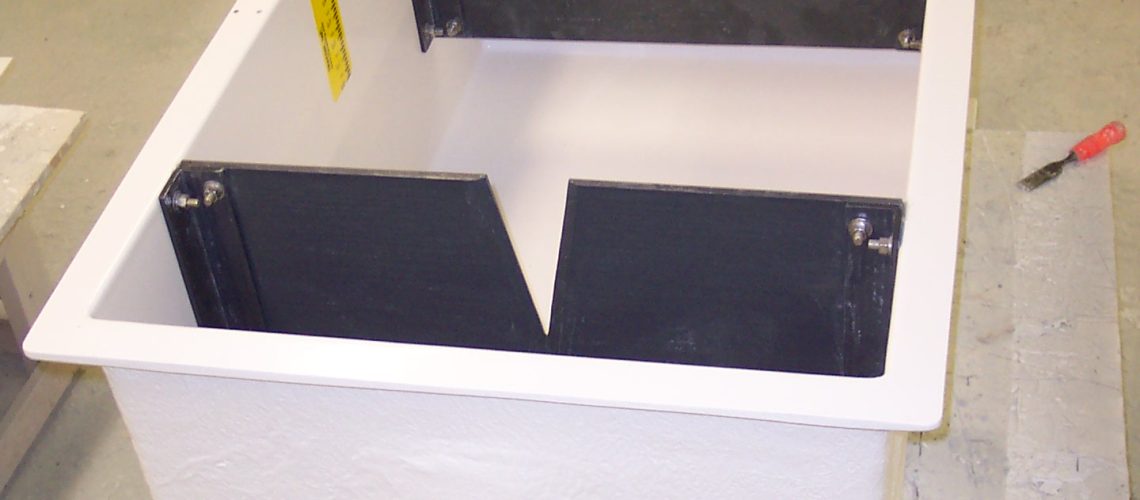When you’re looking to install a weir box in your open channel flow, you have plenty of styles to choose from. Each of these styles has something interesting to offer, but only one can be the best fit for your unique conditions. Take a look at the most popular weir types, and discover the advantages and disadvantages of each.
Triangular
One of the most common weir types is the triangular type, also known as a V-notch weir. These are typically used for low flows, as they can offer pinpoint accuracy in their measurements with low flows. A wide range of notch angles is available as well, with the smallest being around 20 degrees and the largest being around 120 degrees.
Rectangular
The most important thing to remember about rectangular weirs is that they come in two primary forms. The first is contracted rectangular weirs. These are suited for higher flows, compared to what a V-notch can handle, but the discharge equation is fairly complicated. Put simply, if your channel is suited for weirs and has a high flow, this is going to be your best bet for accuracy, even if the equation is a bit more complex comparatively.
The second type of rectangular weir is the suppressed type. While they can handle the same kind of flow rates as their contracted counterparts, they’re typically easier to build. Plus, the discharge equation is much easier. Just be sure to take proper care to aerate the nappe, as that can be quite difficult with this kind of weir.
Cipolletti
It may be helpful to think of a Cipolletti weir as a spin on the contracted rectangular weir. The primary difference is that the Cipolletti’s notch ends tend to angle out at a 4:1 ratio, while the rectangular weir does not. Additionally, the discharge equation for this kind of weir is much simpler compared to the contracted rectangular style. It also tends to be less accurate than a V-notch weir. Most of the time, this style is used in a compound weir that actually combines two different weirs to deal with flows with a wide range of flow rates.

Circular
If you’re implementing a weir into a piped system, a circular weir is going to be your best option. They’re specifically designed to work with pipes and conduits. The flow rate is determined by the open weir area and not the pipe size itself, because flows need to be free-flowing. Pressurized flows are incompatible with weirs in general, so the flow can’t be pressing against all sides of the pipe.
Weir Boxes From Tracom
With these popular weir types in mind, you can find the right kind of weir for your flow channel conditions. Keeping in mind all the factors that help determine which weir is best, our team will be happy to work with you to find the best solution. We can even custom design a weir that ensures a proper fitting and allows you to take the accurate flow rate measurements you need. Contact our team today to start building your solution.



